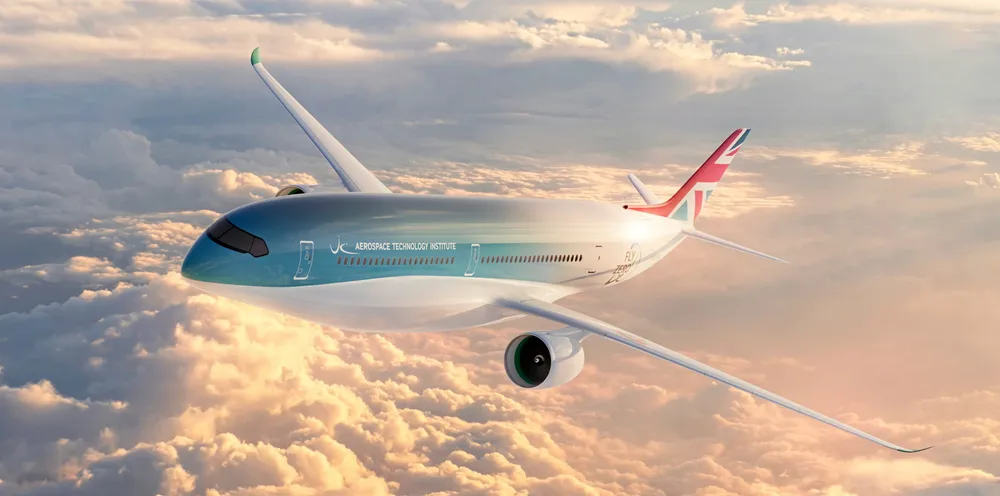Flying from London to San Francisco on a single tank of liquid hydrogen: UK unveils taxpayer-backed concept plane
The aircraft would be cheaper to operate than conventional planes from the mid-2030s onwards, according to project leaders

The aircraft would be cheaper to operate than conventional planes from the mid-2030s onwards, according to project leaders
